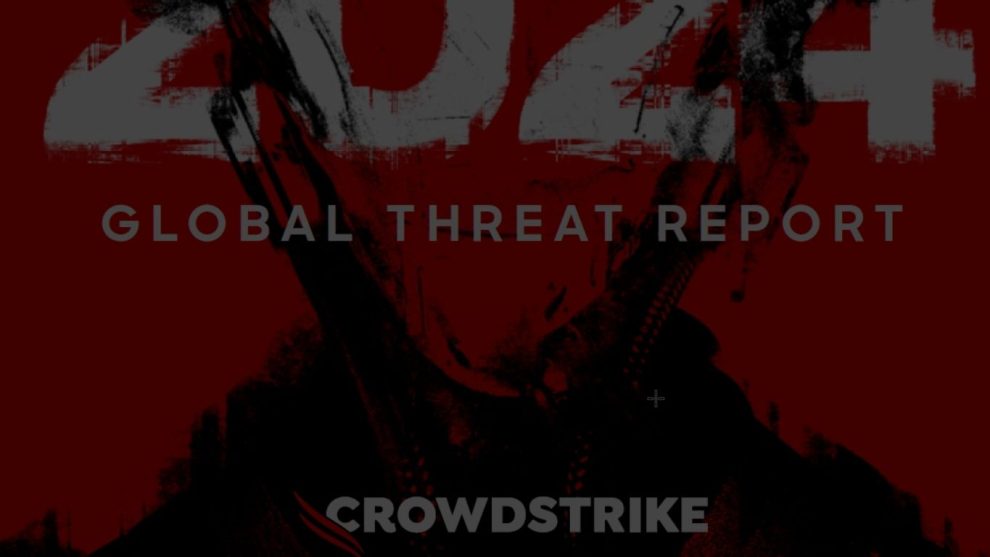In the bustling world of technology, 2023 emerged as a year marked by a significant surge in cyber threats. The traditional security measures, once thought robust, found themselves lagging behind the relentless advancement of cyber attackers. The attackers, honing their skills, sought out the vulnerabilities within businesses, making their mark on the digital landscape.
The statistics painted a stark picture: a 75% increase in cloud intrusions, a 76% rise in data theft victims, and a 60% spike in interactive intrusion campaigns. Disturbingly, 75% of these attacks were malware-free, posing a challenge to identification and prevention. The efficiency of attackers outpaced the effectiveness of legacy security approaches, reducing the average breakout time for eCrime intrusion activity from 79 minutes in 2022 to a mere 62 minutes in 2023.
CrowdStrike’s 2024 Global Threat Report unveiled the relentless progression of attackers, outpacing existing cybersecurity solutions. The attackers, armed with generative AI, special engineering, and interactive intrusion campaigns, executed a playbook targeting the weaknesses of organizations lacking updated cybersecurity measures.

Amidst the evolving threat landscape, the report highlighted five alarming cyber threats:
- Identity-Based Attacks: Cyber attackers intensified their efforts in identity-based and social engineering attacks, focusing on advanced phishing techniques to infiltrate secure accounts. Notable Russian nation-state attackers, Fancy Bear and Cozy Bear, led the charge, exploiting vulnerabilities like the Microsoft Outlook flaw.
- Cloud Intrusions: Cloud misconfigurations became a prime target for attackers, leading to a 75% year-over-year increase in cloud intrusions. Scattered Spider, an eCrime syndicate, showcased advanced methods to infiltrate cloud environments, emphasizing the need to address multicloud configurations.
- Shift in Big Game Hunting (BGH) Tactics: Attackers, known for Big Game Hunting expertise, shifted their focus from ransomware to data theft and extortion. The cybercriminal-based Graceful Spyder targeted over 380 organizations, emphasizing the exploitation of zero-day vulnerabilities.
- Third-Party Relationship Exploitation: Nation-state attackers, particularly from China, increased strategies to exploit third-party relationships, focusing on the technology sector. Software supply chain compromises became a common trait, necessitating improved vendor risk management.
- Nation-State Attackers and AI: Nation-state attackers accelerated their learning curve in generative AI, using tools like FraudGPT to launch sophisticated attacks. The report urged cybersecurity companies to embrace defensive AI to counter this growing threat.
The report underscored the importance of identity protection, ongoing cloud configuration management, and cross-domain visibility. While AI plays a crucial role, human insights remain essential, with AI seen as a tool to enhance rather than replace human expertise.
In the ever-evolving battle against cyber threats, organizations must remain vigilant, investing in advanced cybersecurity measures to safeguard their digital fortresses.



